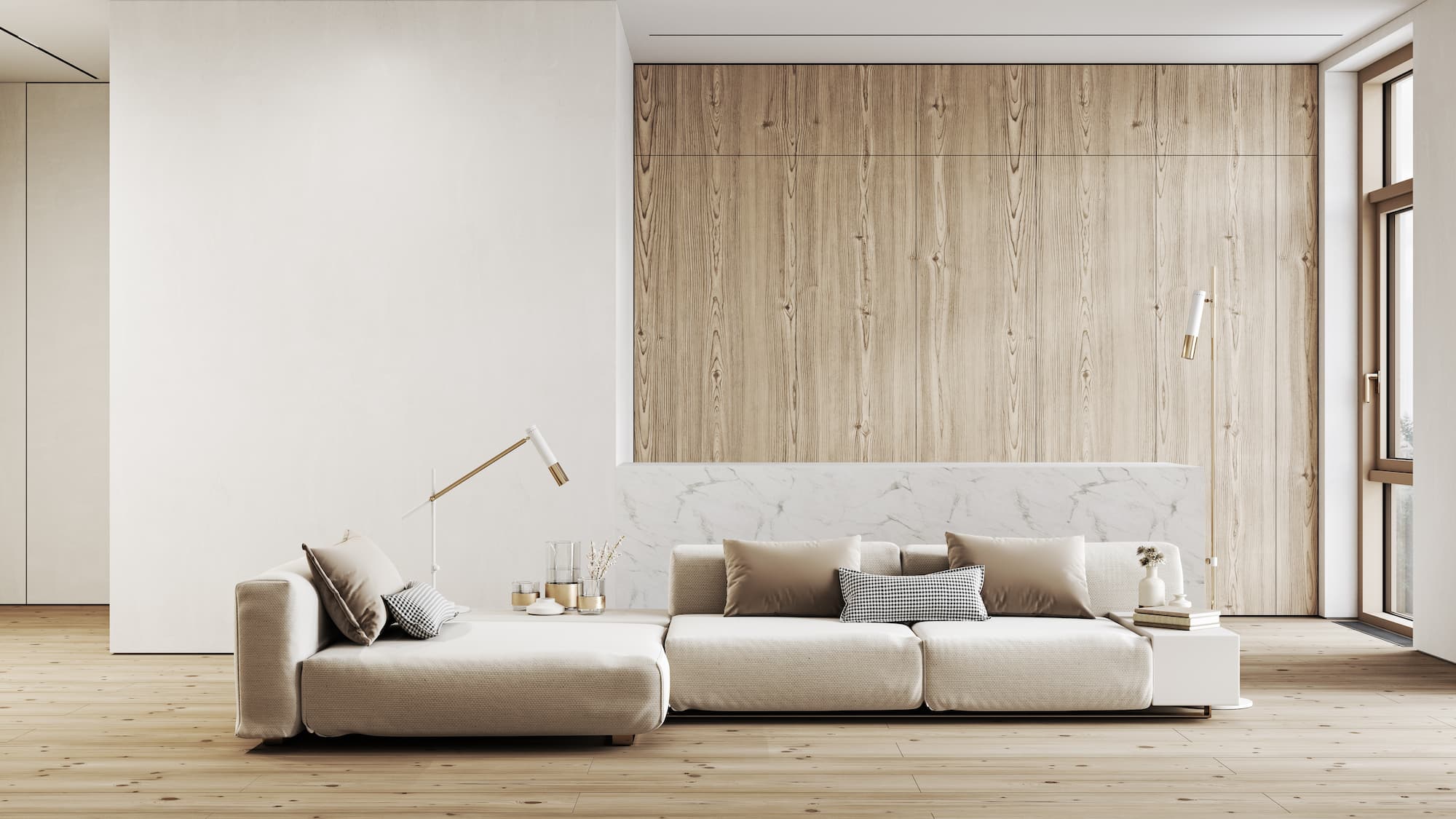Revamp your space with sophisticated luxury interior design.
Revamp your space with sophisticated luxury interior design.
Blog Article
Transform Your Home With Vital Principles of Interior Decoration and Visual Appeals
The art of transforming your home through the important concepts of indoor design and aesthetic appeal needs a thoughtful technique that integrates shade, equilibrium, and spatial recognition. By understanding the impact of shade theory and the importance of structure and patterns, one can produce areas that are not only visually enticing but additionally deeply individual. Achieving this stability entails greater than plain design; it includes a calculated plan and a keen understanding of how each element interacts within a space. As we discover these fundamental ideas, think about how they might redefine your understanding of home and individual expression.
Understanding Shade Theory
Understanding the principles of shade concept allows designers to create spaces that resonate emotionally with occupants while fulfilling functional demands. Each group plays a critical duty in establishing harmony within a space.
The psychological effect of colors is profound; warm hues such as reds and oranges evoke power and heat, while awesome tones like blues and greens promote calmness and harmony. Moreover, using complementary shades boosts visual interest, producing striking contrasts that can raise an area's allure.
Neutral shades, on the various other hand, work as a functional background, permitting various other design elements to shine. It is vital to take into consideration variables such as lighting and the space's purpose when selecting a color palette, as these can modify the assumption of shades throughout the day.
Ultimately, a well-considered color scheme can change a room, fostering a sense of comfort and design that straightens with the inhabitants' preferences. Mastery of shade concept is, as a result, a crucial skill for any kind of interior developer intending to produce harmonious and welcoming settings.
Achieving Balance in Style
Just how can designers achieve a feeling of equilibrium in their rooms? Accomplishing balance in layout is essential to developing harmonious insides.
Asymmetrical equilibrium, on the other hand, counts on differing components that still achieve a natural look. This technique enables more vibrant and informal plans, providing passion while keeping equilibrium. By very carefully choosing differing sizes, colors, and appearances, developers can produce a visually engaging area that really feels well balanced yet energetic.
Radial balance stresses a central centerpiece with elements emitting exterior. This style is frequently seen in circular layouts, where furnishings and decor produce a natural surround that draws the eye inward.
Inevitably, attaining balance needs thoughtful factor to consider of scale, proportion, and the connections in between components. Architecture Firm. By skillfully applying these balance concepts, developers can change areas into atmospheres that feel both visually pleasing and functionally harmonious, boosting the total experience for owners
Significance of Spatial Understanding

An eager feeling More Bonuses of spatial recognition permits developers to recognize prime focus within a room, directing the customer's interest to crucial attributes while preserving an overall sense of unity. It also helps in the calculated positioning of illumination, which can drastically affect the assumption of room and state of mind. Recognizing spatial partnerships allows the designer to cater to the certain demands of occupants, guaranteeing that each area offers its desired objective without endangering aesthetics.
Inevitably, spatial understanding is important for making best use of the possibility of any interior space. By meticulously taking into consideration the interplay in over at this website between measurements, layout, and feature, designers can develop atmospheres that not only fulfill functional needs however also stimulate a sense of convenience and charm, boosting the total living experience.
Including Texture and Patterns
Welcoming a diverse array of structures and patterns can considerably boost the aesthetic and tactile allure of an indoor space. The tactical use various materials-- such as timber, steel, fabric, and stone-- creates deepness and rate of interest, making a space feel a lot more welcoming and dynamic. Incorporating smooth surfaces with rough appearances can establish a balance that draws the eye and involves the detects.
When integrating patterns, consider both scale and repetition. Large patterns can function as focal factors, while smaller, subtle styles can complement other elements without frustrating the space. Layering see this website patterns, such as pairing floral paddings with striped throws, adds intricacy and a feeling of consistency if executed thoughtfully.
It is likewise vital to keep a natural shade scheme, ensuring that textures and patterns function with each other as opposed to compete for attention. By picking a couple of crucial appearances and patterns, you can produce a combined aesthetic that shows your personal style while enhancing the total setting of the space. Eventually, the careful consolidation of these elements can change an ordinary area into an innovative setting rich with personality and heat.
Individualizing Your Room
Producing a space that mirrors your personality is vital to attaining a truly welcoming setting. Personalization in interior design allows you to infuse your one-of-a-kind design and interests right into your home, transforming it from a plain sanctuary into a refuge that speaks to that you are. Begin by choosing a color combination that resonates with your feelings-- strong hues can stimulate, while soft tones provide peace.
Integrate art work and decoration that reflect your enthusiasms, whether it be travel, nature, or abstract principles. Showing individual collections, such as books, photos, or souvenirs, can evoke valued memories and produce prime focus within a room. In addition, consider tailoring useful pieces, like upholstered furnishings, to straighten with your visual choices.

Conclusion
Finally, the change of a home with the essential principles of indoor layout and looks requires a comprehensive understanding of color theory, equilibrium, spatial recognition, texture, and personalization. Each element adds considerably to producing an unified and useful living environment - interior design firms. By attentively integrating these principles, individuals can improve the aesthetic charm and psychological vibration of their rooms, ultimately promoting a home that reflects distinct identifications while supplying comfort and usefulness
Report this page